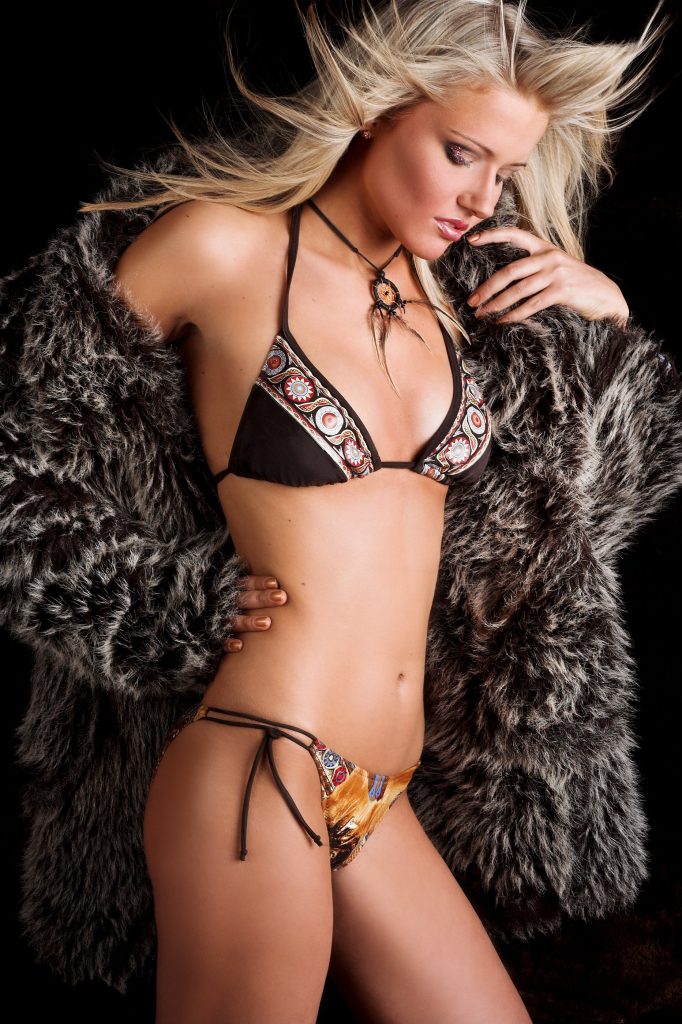The types of lesbians are varied. Some are not openly gay, and others have a history of sex with men. Some lesbians are Chapstick, Futch, and Soft butch. While there is no universal definition of lesbian sexual orientation, there are certain characteristics that distinguish lesbians in these categories.
Butch lesbians
Butch lesbians are lesbians who have a masculine identity. They may be gay, bisexual, or transgender. Butch lesbians identify as masculine and are typically described as such. Butch lesbians often use the term ‘butchy’ to refer to themselves.
Butch lesbians are often characterized by their clothing and the way they present themselves. A ‘fancy butch’ wears a bow tie and wingtip shoes. A ‘King Princess’ butch wears bucket hats and dirty Skechers. Long-haired butches don’t wear gold accessories. Butches can also identify themselves by their hairstyles.
Although the term is often associated with ‘butch’ lesbians, there is no definitive definition of the term. However, it is commonly understood to refer to people who are masculine attracted to femme women. However, this term should not be confused with transgender men, who identify as male but may not be sexually attracted to women. The word ‘butch’ originated in the early twentieth century as a slang term for ‘tough’ youth. It was later expanded to describe lesbians who have manly facial expressions. It is not entirely clear when or how the term entered queer lingo.
Chapstick lesbians
Chapstick lesbians are women who prefer a low-maintenance appearance. Their wardrobe is typically denim or leather with a jacket. Unlike lipstick lesbians, chapstick lesbians do not wear lipstick. They often wear the same clothes each day and are not overly conscious about the way they look.
These women tend to have masculine traits and are attracted to other lesbians with feminine traits. They also like being co-dependent and emotionally attached to their partners. Consequently, chapstick lesbians may wear more masculine clothing, have short haircuts, and engage in traditionally masculine activities. Despite their gender preferences, chapstick lesbians often experience discrimination from the straight community.
The term chapstick lesbian was first used in the late 1990s in the U.S. on a sitcom starring Ellen DeGeneres. It was used by a character on the show when she was asked whether she was a lipstick lesbian. The character replied: “I’m a chapstick lesbian.”
Futch lesbians
Lesbians who identify as Futch often struggle with the stigmatisation associated with the term. The ‘butch’ name has long been associated with a strong sexual identity, but the current state of butchness is quite different than it was three decades ago. Today, many younger butches experiment with personas and switch between a more feminine and a more masculine presentation. Some butches may even be labelled as’stone butches’ – not to be confused with the term “cold butch,” but to mean that they prefer giving to receiving. This is one of the reasons why “stone butches” are often regarded as slightly more masculine than’soft butches’ on the Futch Scale, a scale created to differentiate between high and low butchness.
Soft butch lesbians
Soft butch lesbians exhibit many stereotypical butch traits, but they do not conform to the stereotypical masculine stereotype of a butch lesbian. If you are looking for a lesbian with a more feminine approach, soft butch lesbians are an excellent option. Soft butchs are open-minded and don’t mind having a little bit of fun.
Soft butch lesbians are often referred to as chapstick lesbians, and they are typically found in the lesbian community. These lesbians tend to dress more femininely, while also wearing clothes from the men’s section. They are also more likely to date ultra fem girls.
The main differences between soft and butch lesbians are based on the appearance and behavior. Soft butch lesbians are not typically misogynists, and they are often admired and respected by their partners. In fact, the most desirable butch lesbians are usually those who embrace feminism and respect women’s needs.
Sport dykes
Lesbians who play sports are known as “sport dykes.” Their hair is usually long or medium in length, and they style it in a way that keeps it out of their faces while playing sports. They tend to play sports like track or teenis, and they’re very militant about keeping fit.
The two women met in Chicago, where Terry Donahue was a professional baseball player. They later married and moved to the Midwest. Their relationship lasted 71 years. They were both queer and brave women from the Canadian Prairies. Their love story was an unexpected turn of events, as the two women met after Terry’s last season of pro baseball. In addition to sharing their love story, “Sport Dykes of Lesbians” also opens up discussions about queer women in sports and the hidden histories of queer women in sports.
Despite the macho reputation of women in sport, there are more openly gay players in women’s sports. According to an article in the New York Times, “The Women’s World Cup featured 41 openly gay players, compared to zero in the Men’s World Cup.” In fact, women’s sports are much more tolerant than their male counterparts.
